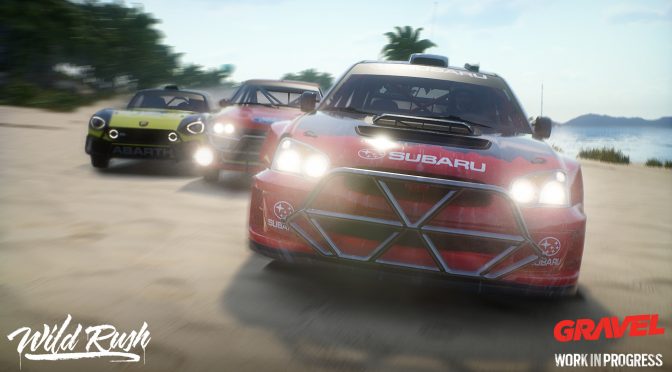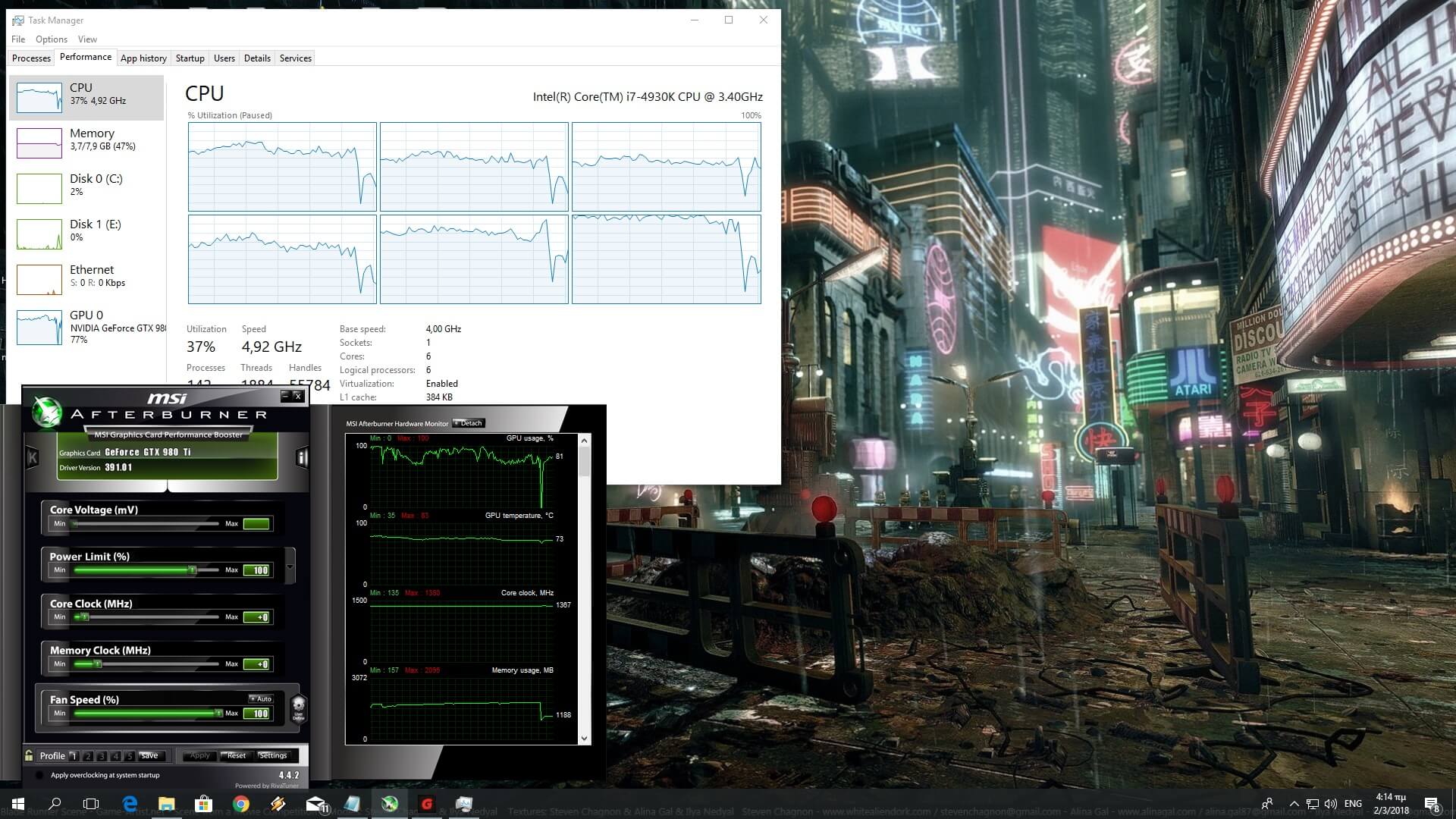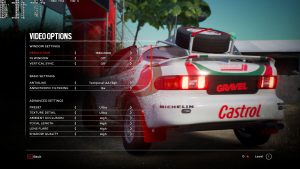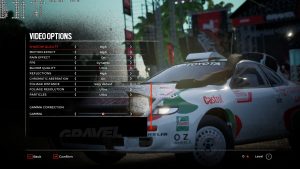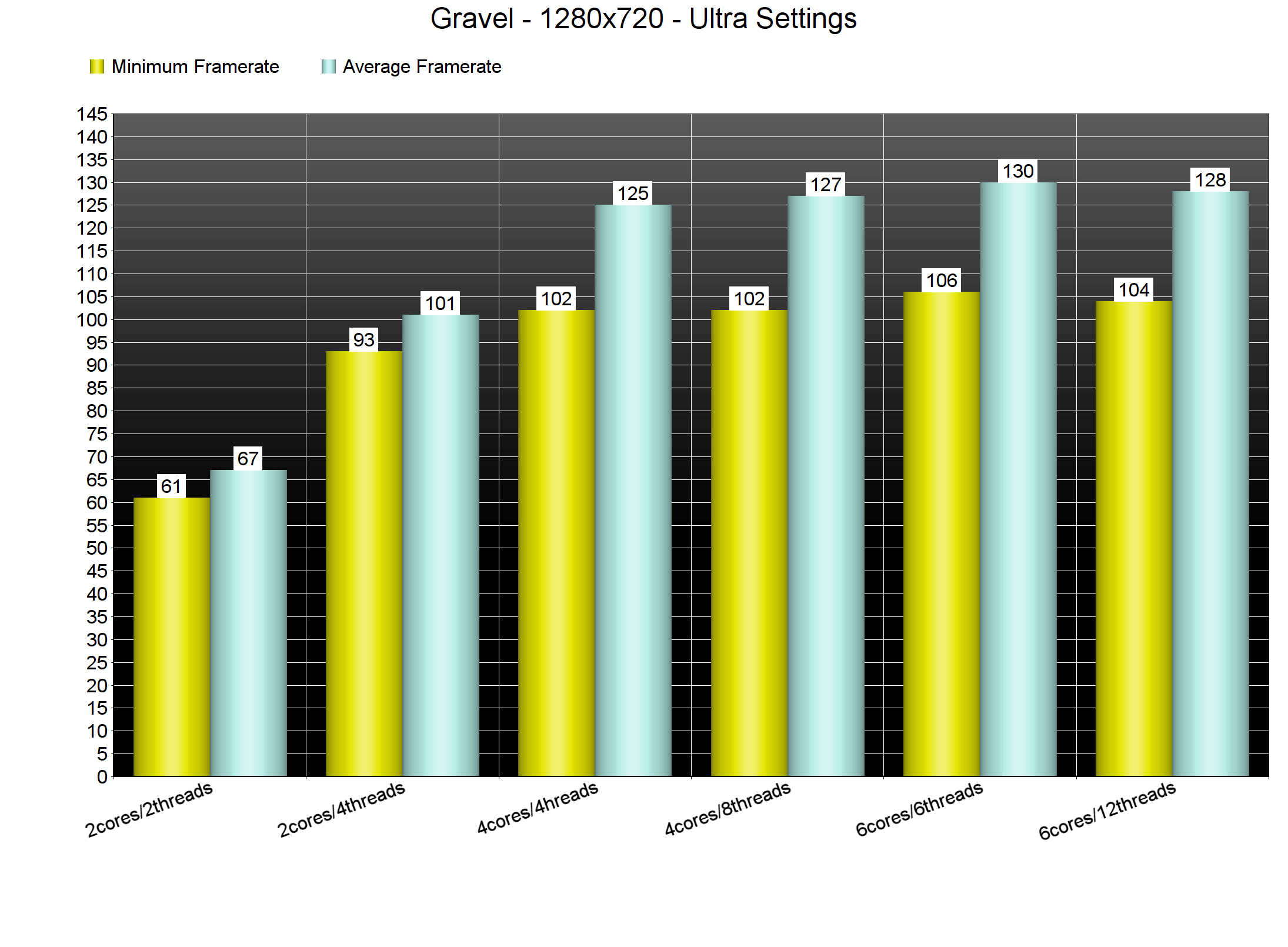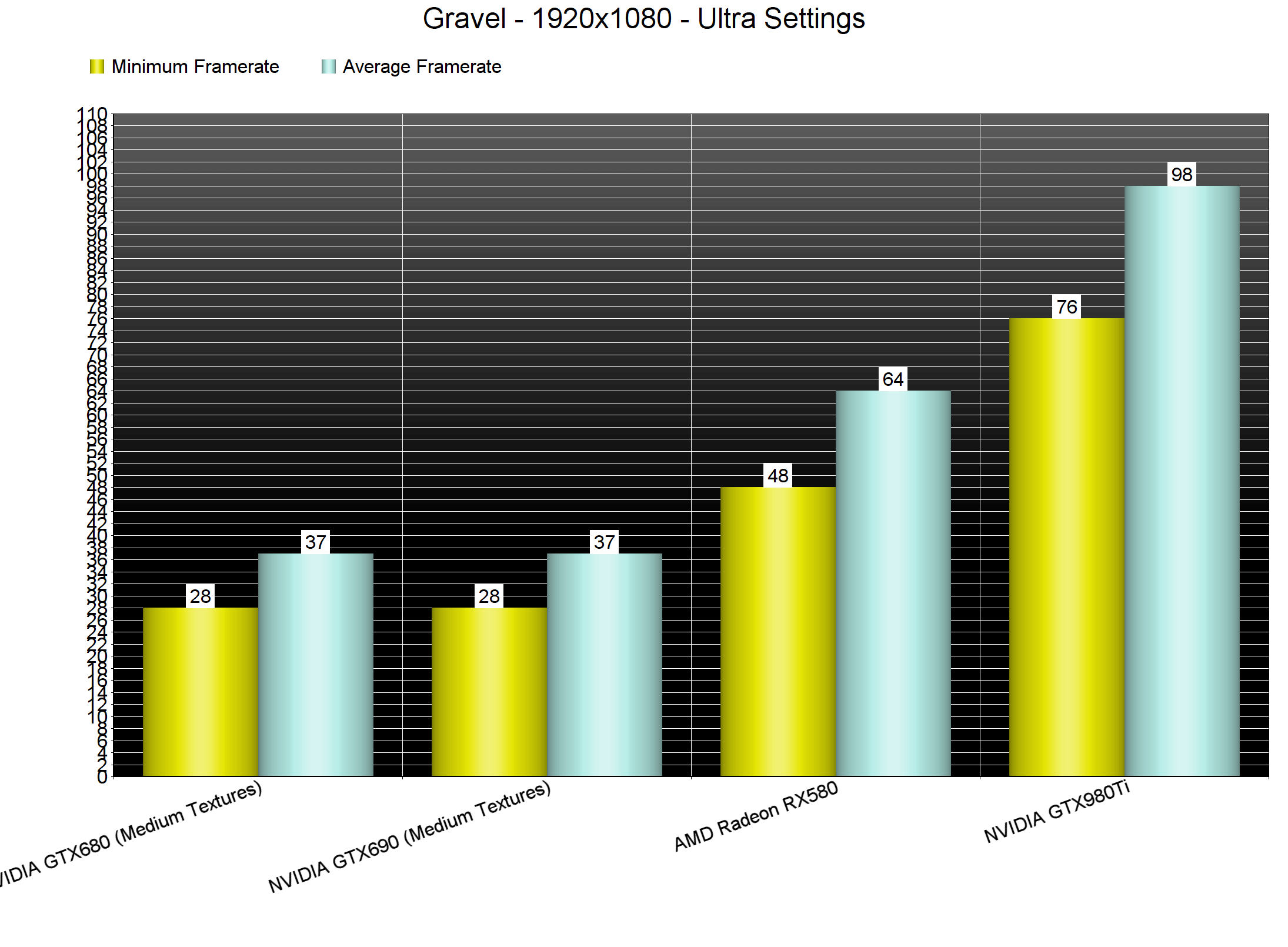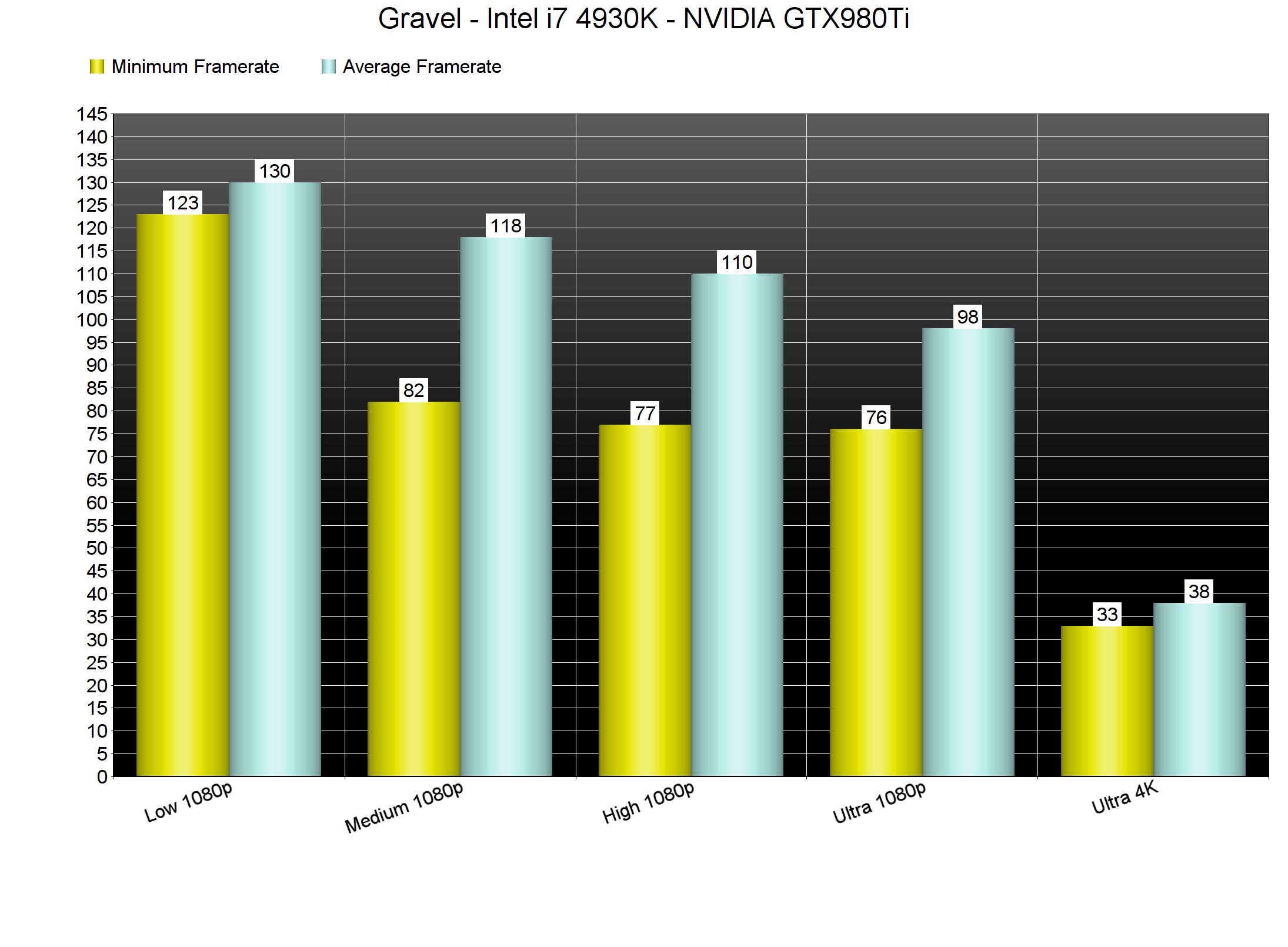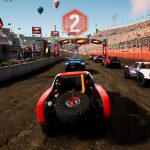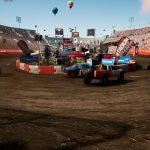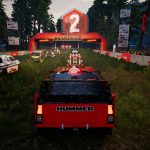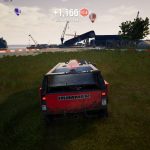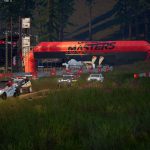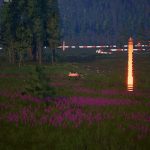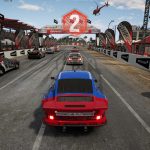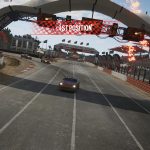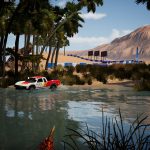Gravel is a new off-road racing game, described as the most extreme racing game that is just pure fun. This is the latest racing game from Milestone and since it is powered by Unreal Engine 4, we were really curious to see what the team has accomplished with it. The game is now available on the PC so it’s time now to benchmark it and find out how it performs on the PC platform.
For this PC Performance Analysis, we used an Intel i7 4930K (overclocked at 4.2Ghz) with 8GB RAM, AMD’s Radeon RX580, NVIDIA’s GTX980Ti and GTX690, Windows 10 64-bit and the latest version of the GeForce and Catalyst drivers. NVIDIA has not added any SLI profile for this particular game, meaning that our GTX690 performed similarly to a single GTX680.
Milestone has added a nice amount of graphics settings. PC gamers can adjust the quality of anti-aliasing, anisotropic filtering, textures, ambient occlusion, focal length, lens flares, shadows, motion effect, bloom, reflections, foliage distance, foliage resolution and particles. There are also options for the framerate, the rain effect and Chromatic Aberration.
[nextpage title=”GPU, CPU metrics, Graphics & Screenshots”]
For our benchmarks, we used the replay of the Alaska track. This is a really big track that is full of foliage and the replay can really tax the modern-day graphics cards. Do note that the actual in-game performance is better than the replay performance (there is around 10fps difference).
In order to find out how the game performs on a variety of CPUs, we simulated a dual-core and a quad-core CPU. For our CPU tests, we lowered our resolution to 720p and completely disabled anti-aliasing (so we were not bottlenecked by our GTX980Ti). Our simulated dual-core system was able to provide a constant 60fps experience, however, we noticed major frame pacing issues. These issues were completely resolved the moment we enabled Hyper Threading. On the other hand, our simulated quad-core and our six-core systems performed similarly.
From the above, it’s obvious that the game does not require a high-end CPU in order to be enjoyed. As such, we can classify this game as a GPU-bound title. Our GTX980Ti was able to run the Alaska replay with a minimum of 76fps and an average of 98fps on Ultra settings at 1080p. On the other hand, our AMD Radeon RX580 was unable to offer a constant 60fps experience in the replay (though it did manage to offer a constant 55fps experience while playing). Last but not least, our GTX690 behaved like a GTX680 due to the lack of an SLI profile and ran the replay with a minimum of 28fps and an average of 37fps (we had to lower our Textures to Medium so we could not be limited by our VRAM).
Gravel comes with four presets: Low, Medium, High and Ultra. Surprisingly enough, there aren’t many performance differences between Ultra and High. Furthermore, the game’s anti-aliasing solution does not appear to have a major performance impact (even though the visual difference between AA: Off and AA: Temporal-AA High is huge).
Graphics wise, Gravel looks nice, though it does not push the graphical boundaries of racing games. Even though it does not come close to the visuals of Project CARS 2, Forza Motorsport 7 or Forza Horizon 3, it is pleasing to the eye. There is no visual damage to cars and the environmental interactivity is limited. There are some cool water spray effects, as well as some sunflare effects. However, the game does not sport anything you haven’t seen before, or something to ‘wow’ you.
In conclusion, it appears that Gravel runs fine on NVIDIA’s hardware. On the other hand, and for what is being present here, we were expecting better performance on the AMD Radeon RX580. Perhaps the red team will have to release a new optimized driver for this game so that it can boost its overall performance? Regardless of that, the game appears to be running fine on a variety of CPUs and even though Milestone suggests 16GB of RAM, the game runs flawlessly with 8GB of RAM.
Enjoy!

John is the founder and Editor in Chief at DSOGaming. He is a PC gaming fan and highly supports the modding and indie communities. Before creating DSOGaming, John worked on numerous gaming websites. While he is a die-hard PC gamer, his gaming roots can be found on consoles. John loved – and still does – the 16-bit consoles, and considers SNES to be one of the best consoles. Still, the PC platform won him over consoles. That was mainly due to 3DFX and its iconic dedicated 3D accelerator graphics card, Voodoo 2. John has also written a higher degree thesis on the “The Evolution of PC graphics cards.”
Contact: Email

